Hanover Troops at Waterloo
King George III being the Elector of Hanover, the German state consequently provided a troops for Wellingtons force at Waterloo. The Infantry battalions of Bremen, Verden, York, Luneburg, Grubenhagen, Lauenburg, Calenburg and Hoya were all present at the battle of Waterloo.
There were three Hanoverian Regiments of Hussars present in the Waterloo campaign, The Duke of Cumberland's, The Prince Regent's and the Bremen and Verden Hussar's. The Duke of Cumberlands Hussar's brought disgrace upon all of the Hanoverians present at Waterloo, at a critical time in the action the whole regiment turned tail, abandoned the field entirely and rode off to Brussels with the news that Wellington was defeated.
Hanover also provided28 Battalions of Landwehr Infantry which were similar to British Militia battalions that were raised on a local basis in 1814.
I will be using Perry Miniatures to represent a number of the Hanover troops, I am not sure what to do reference the Hussar regiments. I may try converting some Front Rank Hussars to meet the challenge. Figures are based on 50mm x 50mm x 2mm wooden bases with GMB Design flags.
Luneburg Light Field Battalion
Verden Light Field Battalion
In 1814 it became the Field Battalion of the Bremen Regiment. In the reorganization of the Hanoverian Army in 1816, it became the 1st Battalion (Bremen Grenadier Battalion) of the Bremen Infantry Regiment.
Bremen Field Battalion
Light Field Battalion Bremen-Verden was raised in 1813 under Major Alexander de Vaux. In 1814 it was renamed the Field Battalion Bremen. It served in a Light Brigade with Count von Walmoden-Gimborn's Corps in 1813/14 in the campaign against Hamburg, in Mecklenburg and saw action at The battle of the Gohrde, in Holstein [December-January 1814], Blockade of Harburg. It was stationed in the Netherlands 1814/1815 as part of the Hanoverian Subsidiary Corps, in the 1st Light Brigade of the Light Division. At Waterloo, it was in the 1st Hanoverian Brigade. It was in France 1816-1818, in the Second Brigade of the Hanoverian Corps of the Occupation Army.
In 1814 it became the Field Battalion of the Bremen Regiment. In the reorganization of the Hanoverian Army in 1816, it became the 1st Battalion (Bremen Grenadier Battalion) of the Bremen Infantry Regiment.


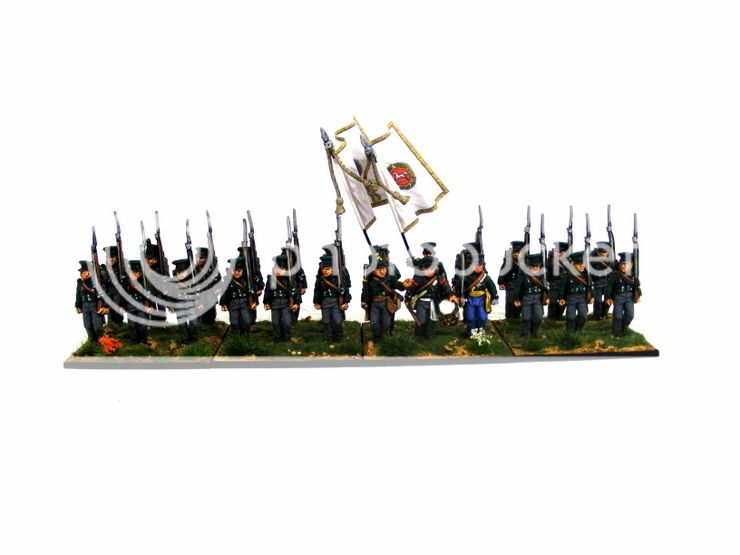
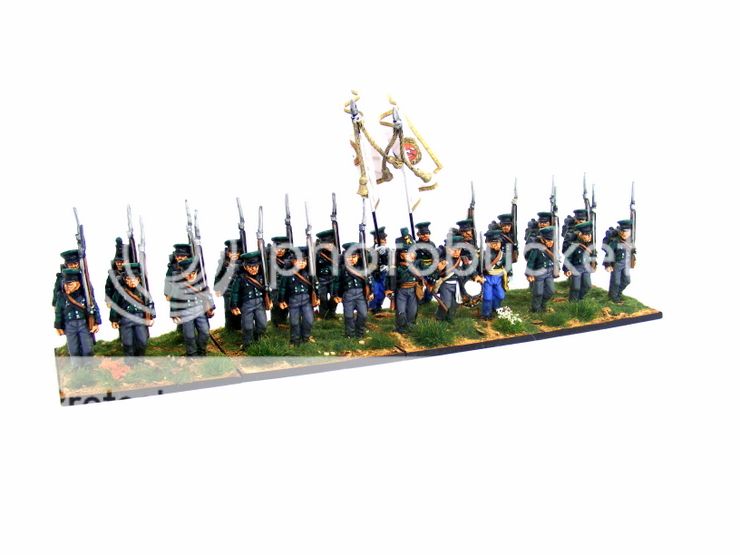
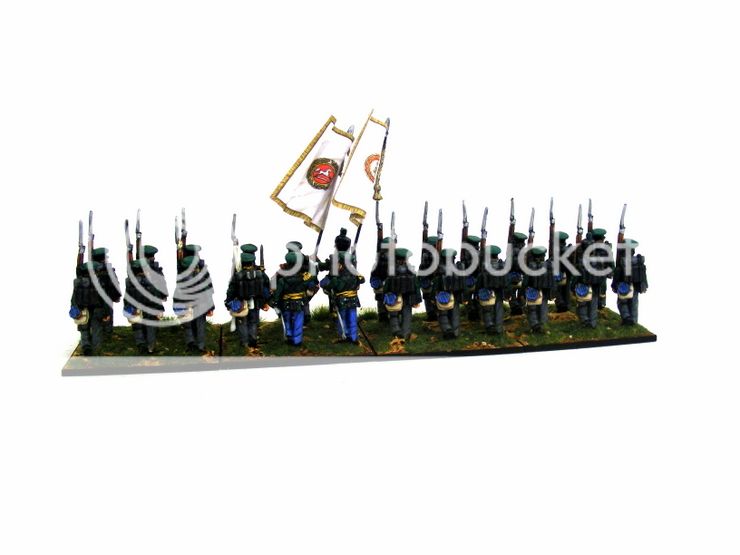
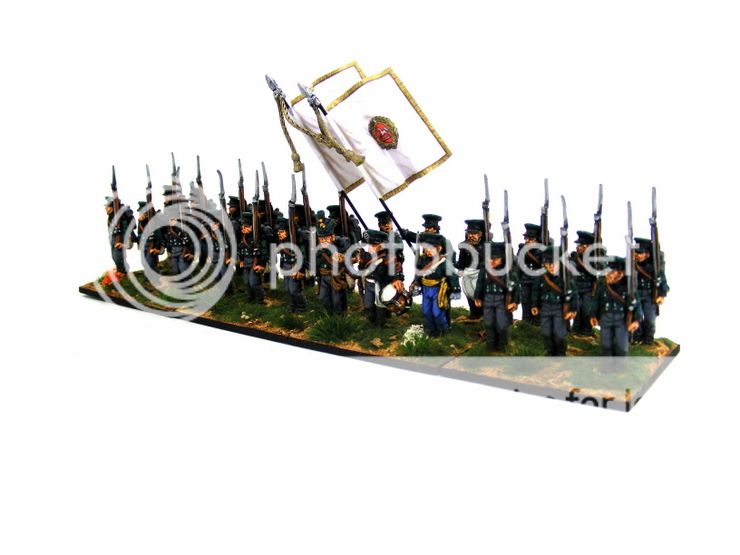

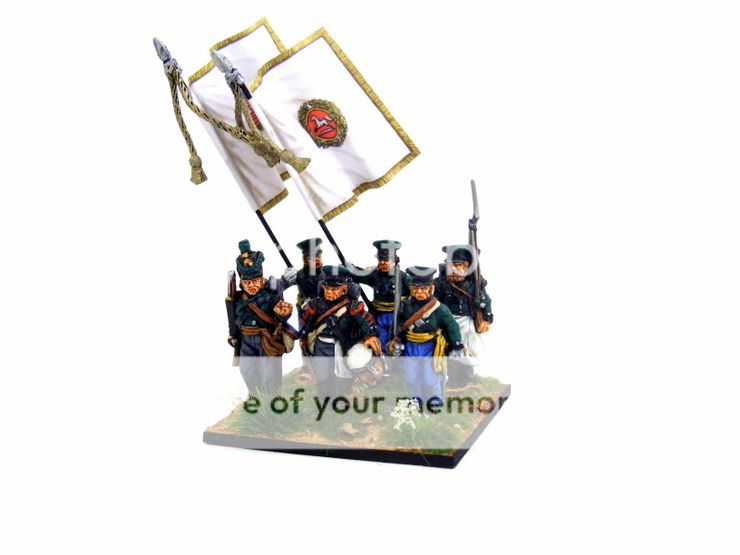
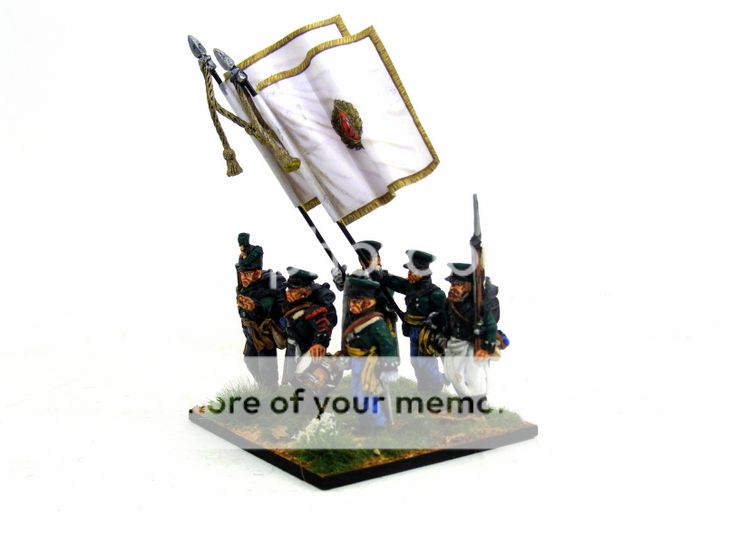
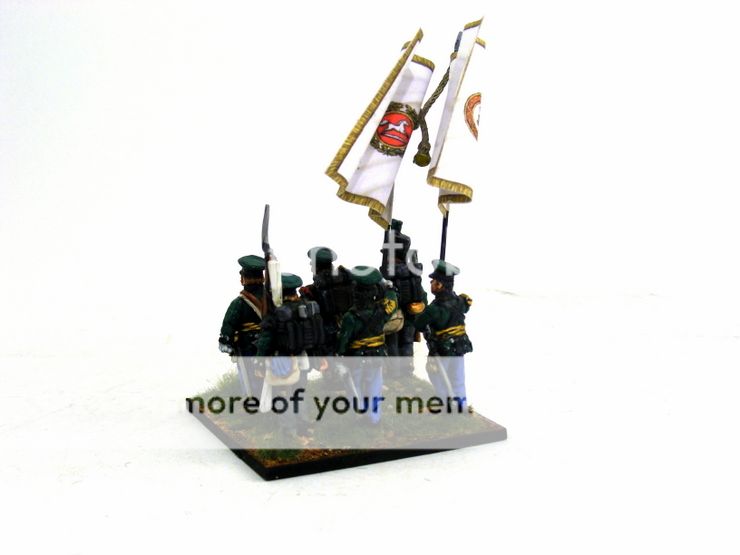




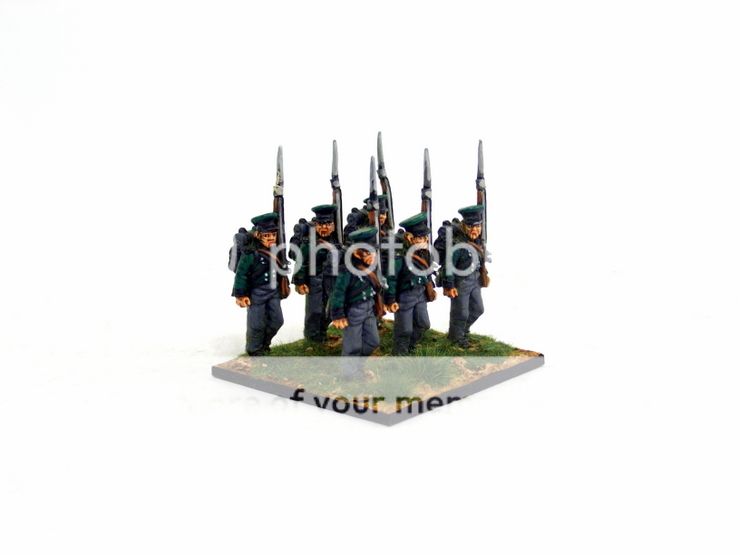
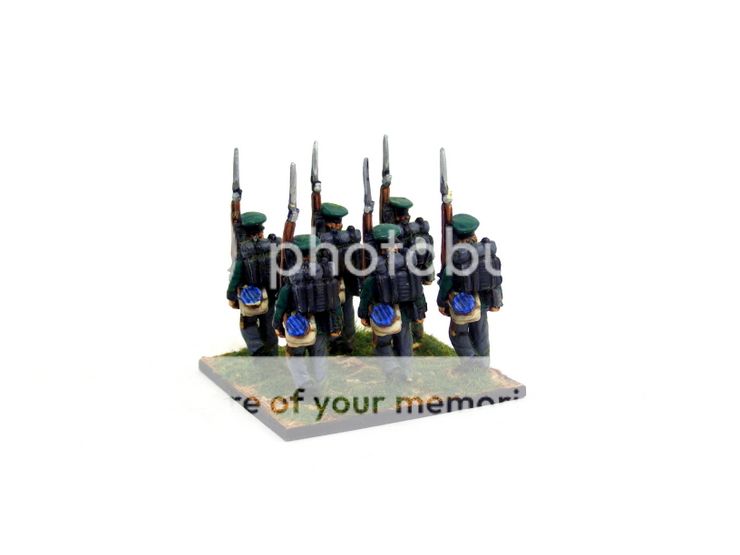
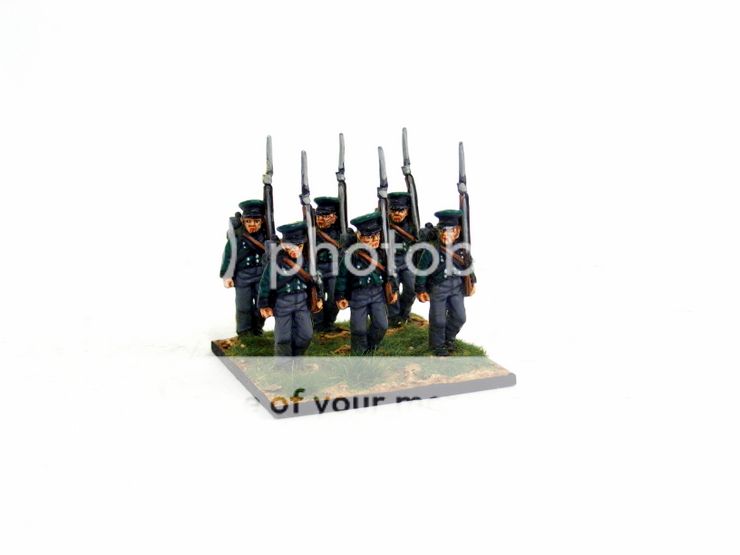


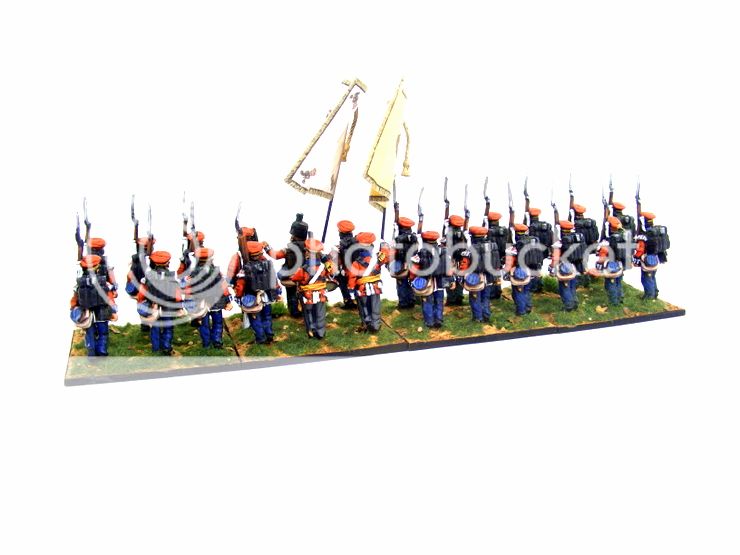
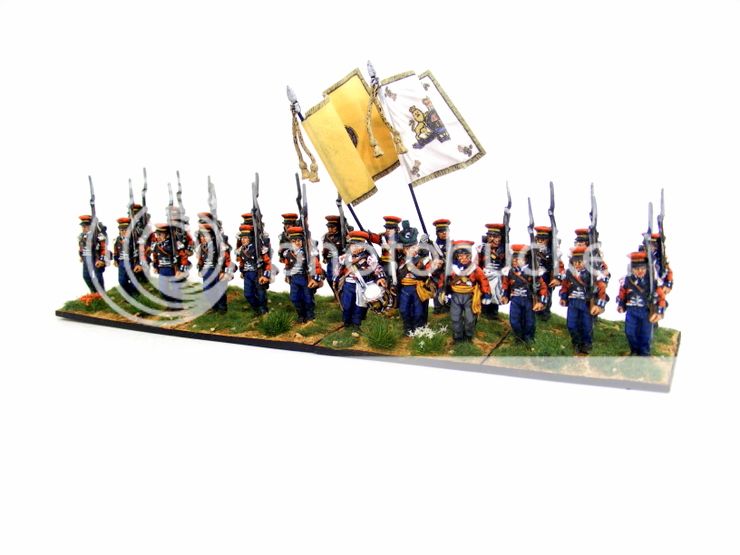

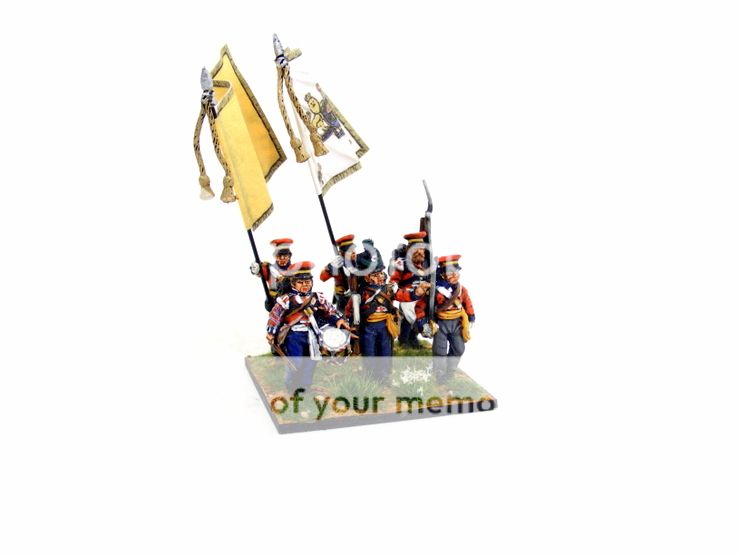

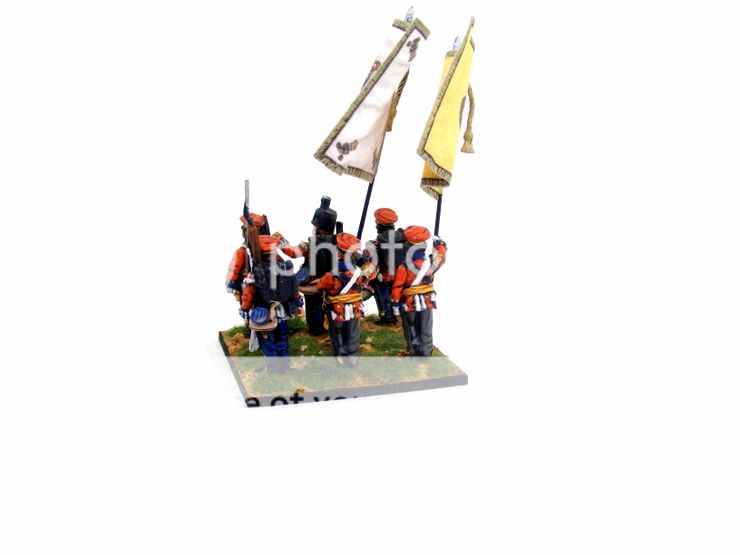
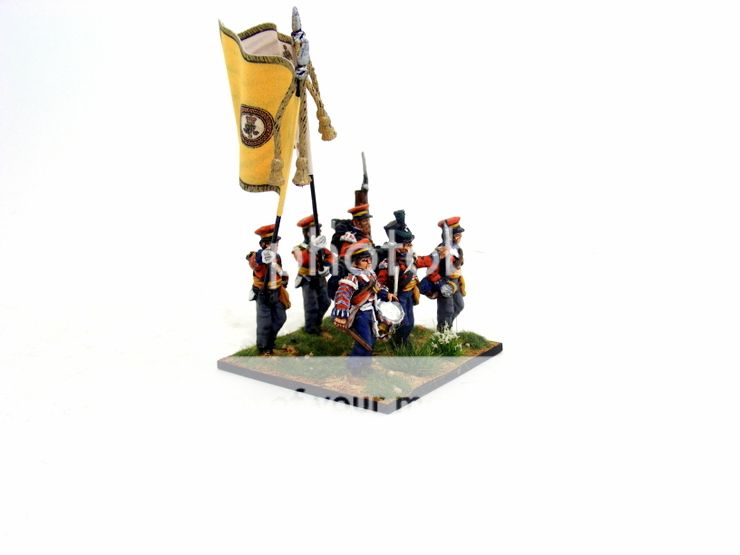
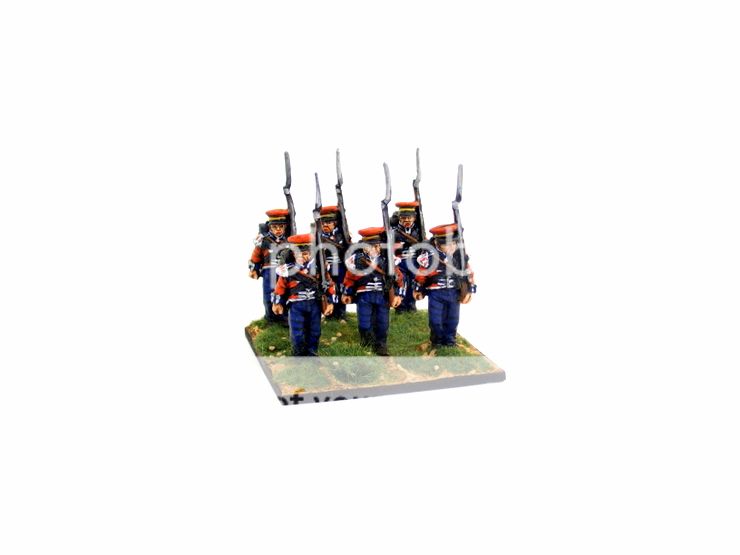
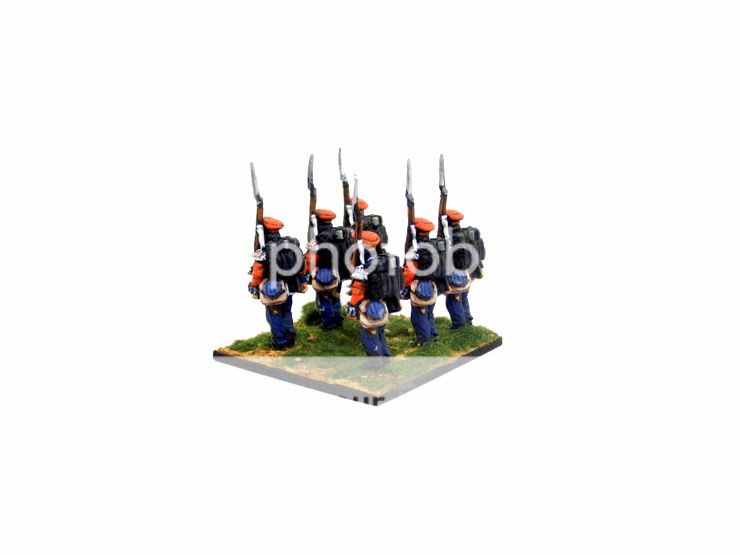
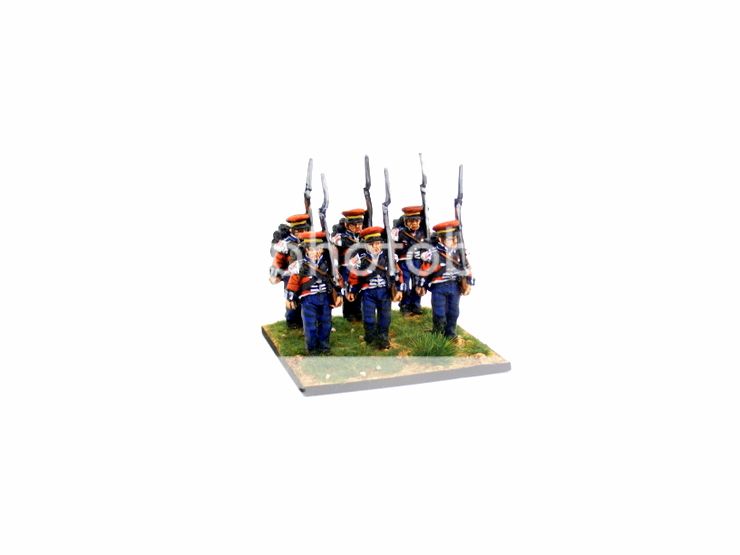
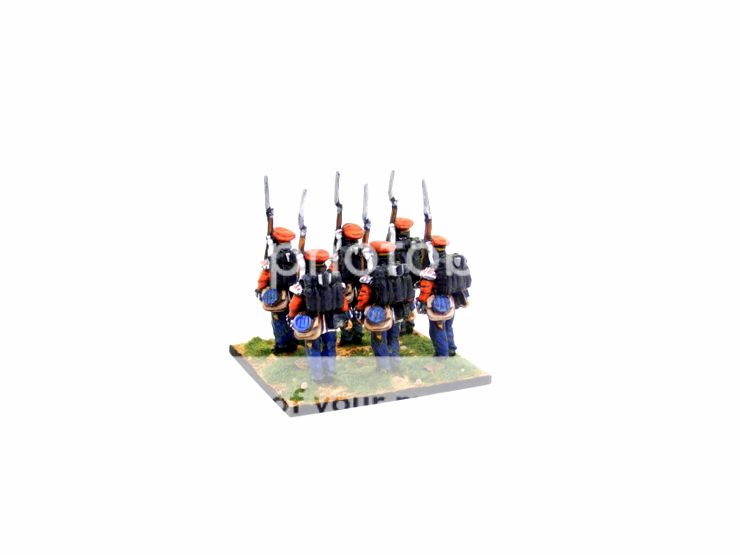
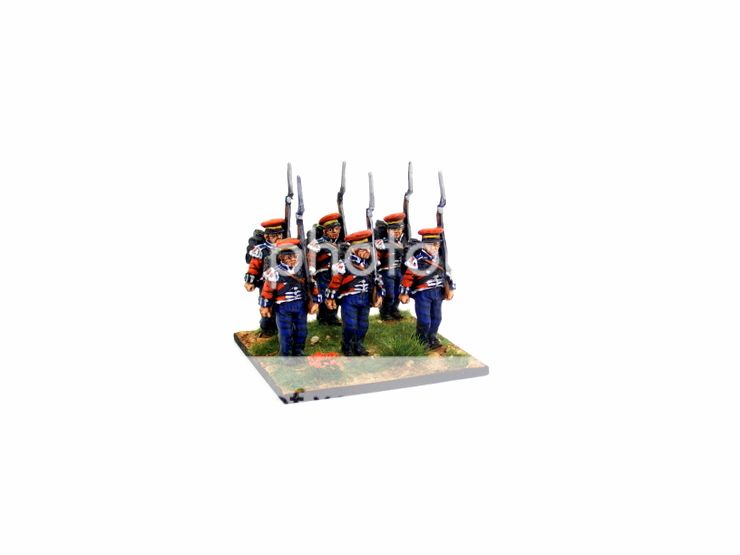
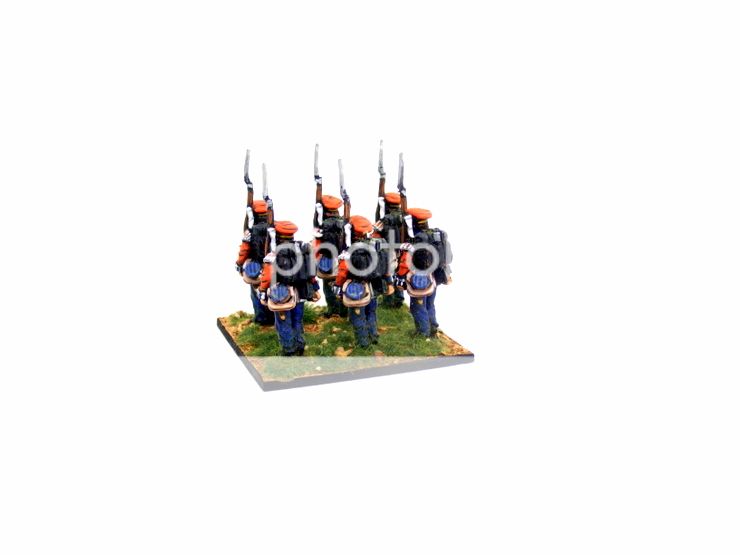
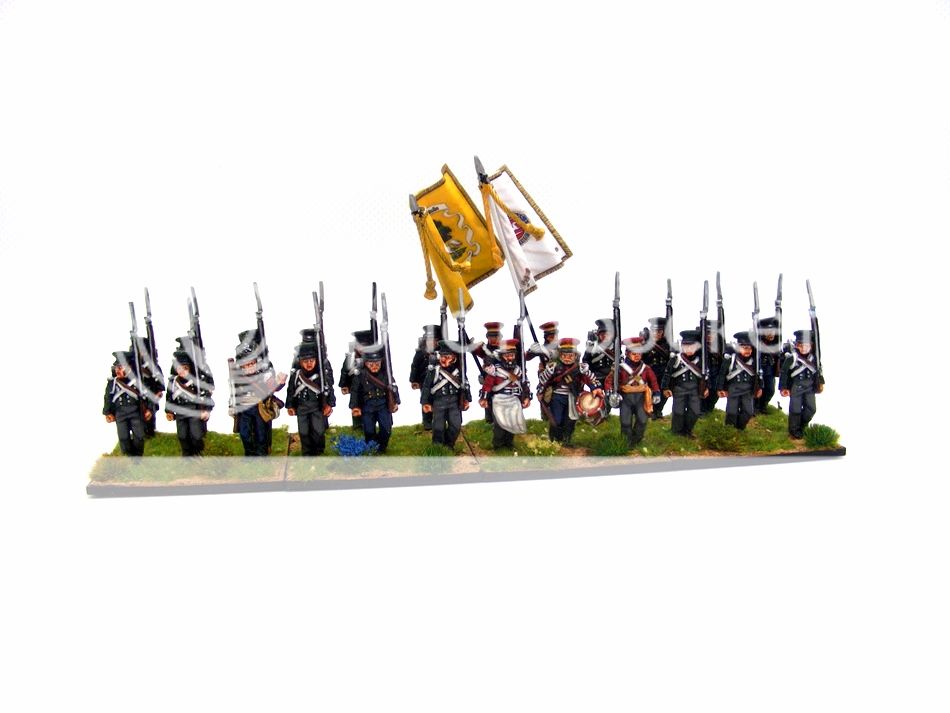
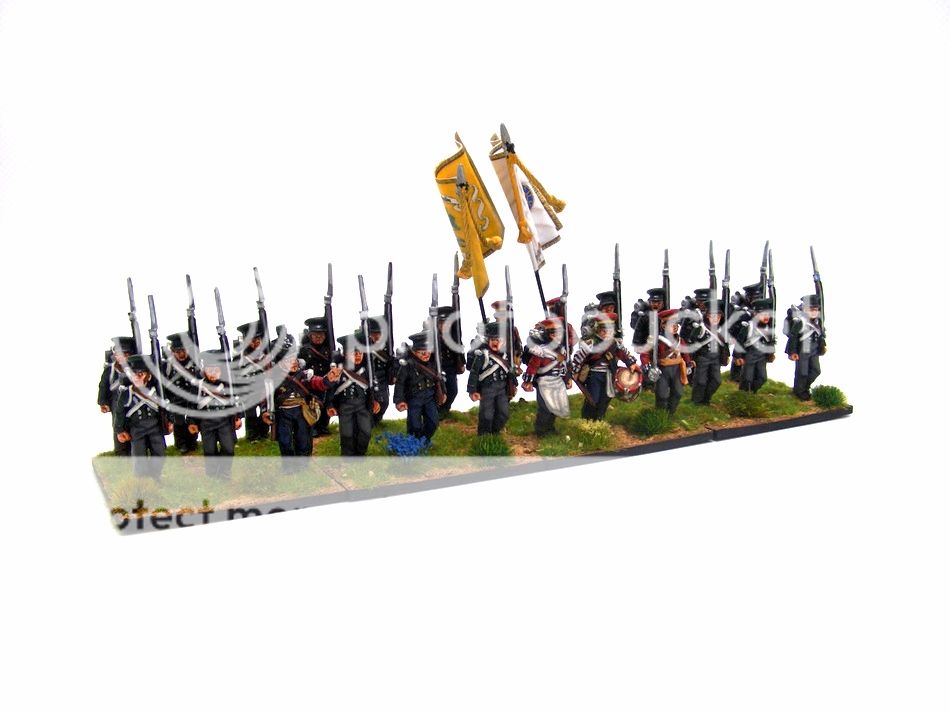
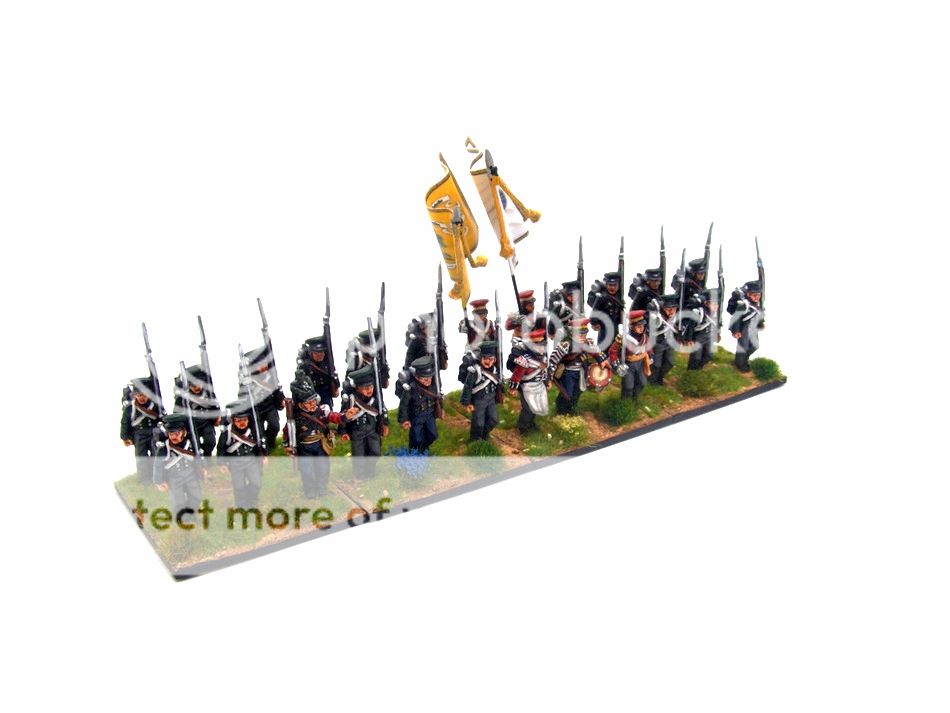
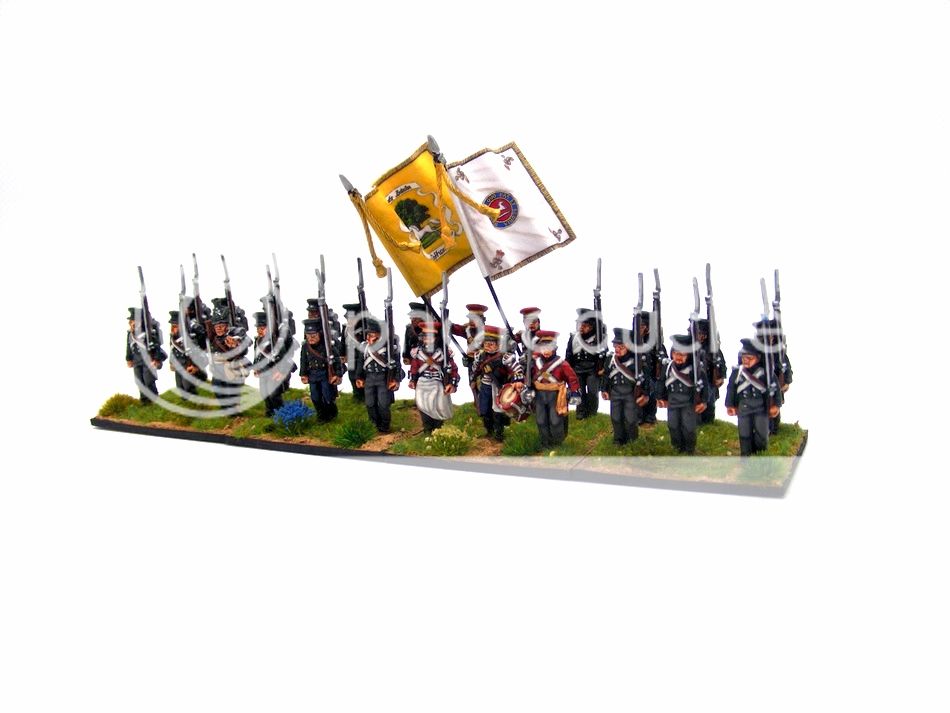
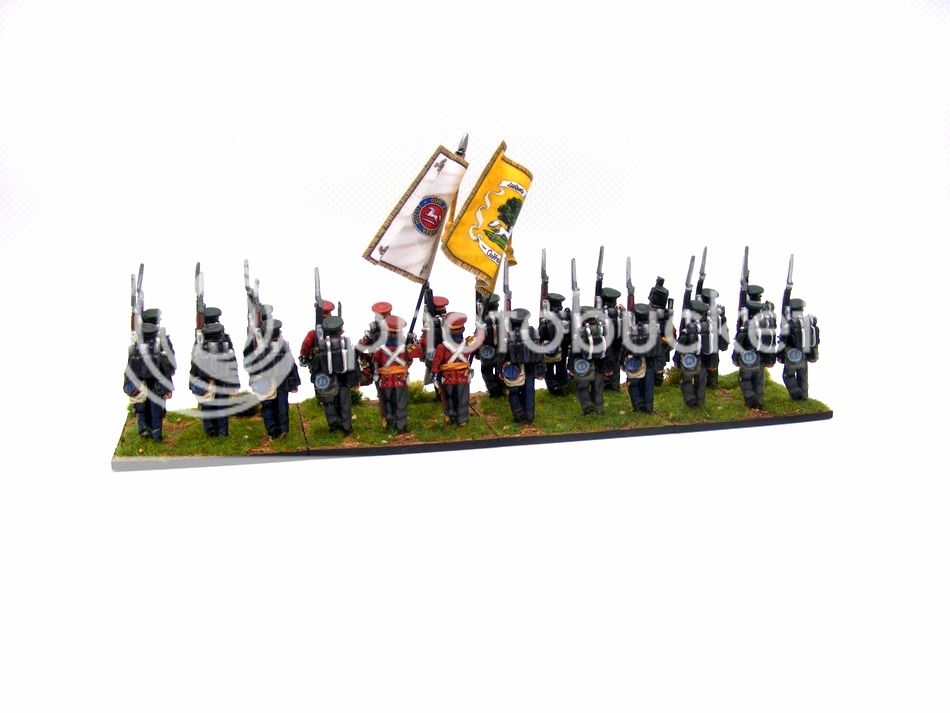
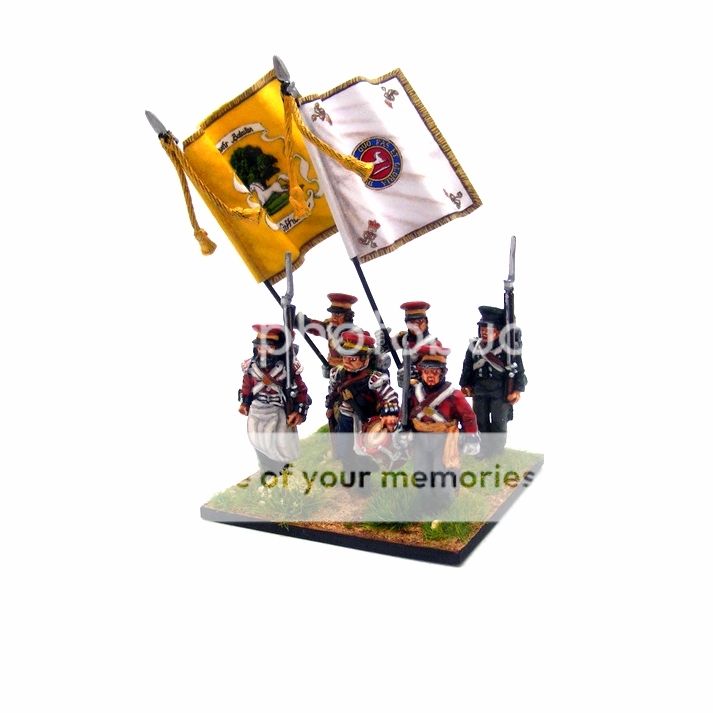
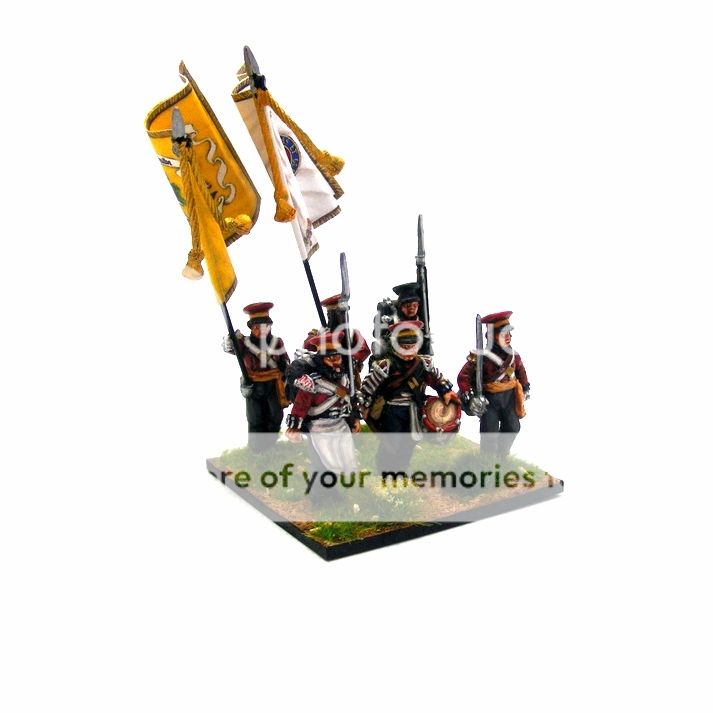
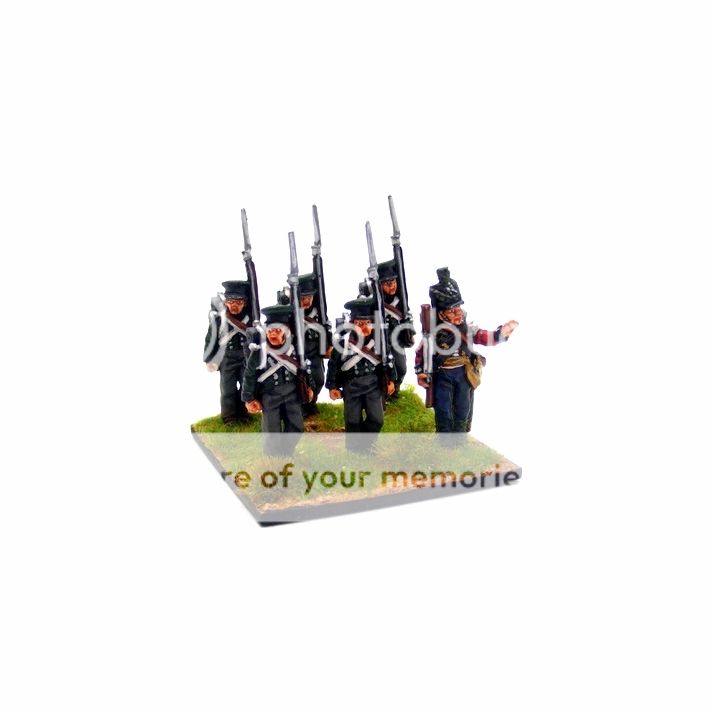
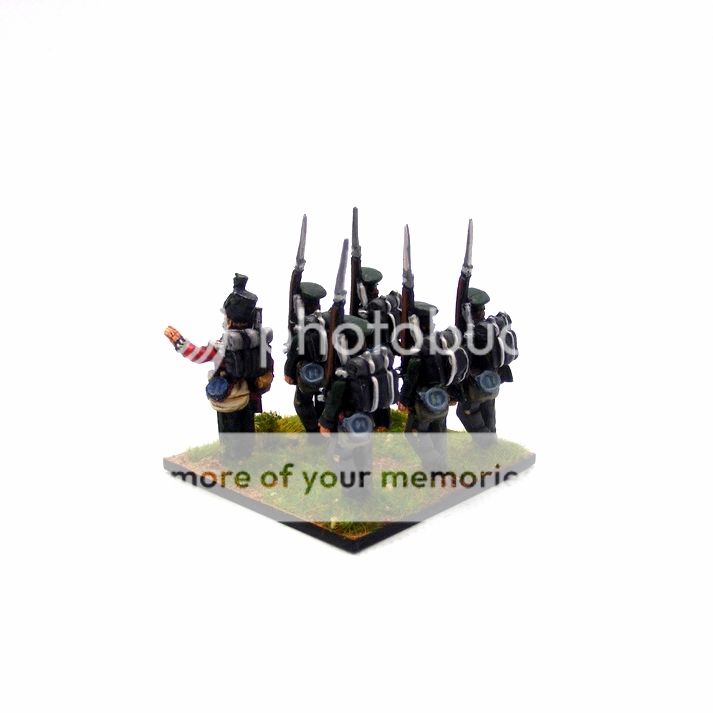


Excellent job, they look great!
ReplyDeleteThanks Phil
ReplyDeletefantastic work!
ReplyDeleteA lot of the hanoverian regiments were British uniform with stovepipe hat, others were almost the same as British line like the kgl, I've seen many pictures with the cap
ReplyDelete